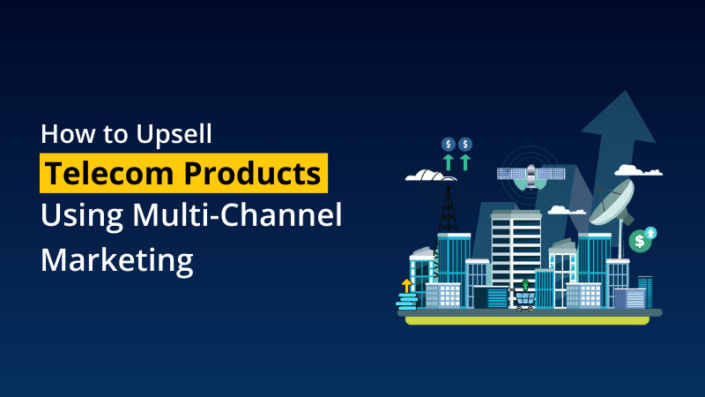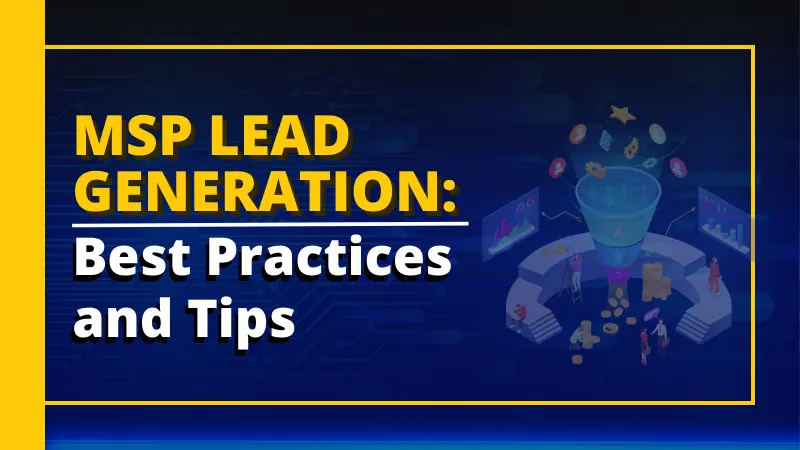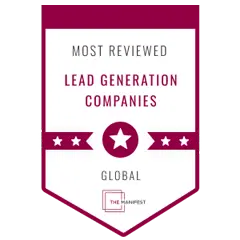The word “upsell” may be one of the most polarizing marketing jargon there is, depending on your role—seller or buyer. If you’re the seller, it spells easy profit. If you’re the buyer, it smells fishy or excessive. However, when executed thoughtfully, upselling can benefit both parties.
And no, it’s not as black-or-white as that. Upselling can be practiced in a way that would be mutually beneficial to both camps. But first, let’s define it first.
What is Upselling?
Upselling is simply getting your customer to make a higher-cost purchase than he or she originally planned—encouraging your customer to purchase an upgraded, enhanced, or premium version of the product you agreed to buy.
Upselling, though, should not be confused with “cross-selling.”
Upselling vs. cross-selling
Let’s continue by differentiating upselling and cross-selling. So, what’s the difference between upselling and cross-selling? Imagine you’re buying something, and the seller suggests an upgraded version. That’s upselling. But when they suggest related items, like a burger joint offering you fries with your burger, that’s cross-selling.
For instance, when John called his telecom provider to discuss his mobile plan, the customer service representative suggested upgrading to a higher-tier plan with more data and faster internet speed, which was a clear example of upselling.
Another example, for instance, as Sarah was purchasing a new smartphone at the telecom store, the sales representative recommended a premium wireless headset that pairs perfectly with the phone—this demonstrates effective cross-selling to enhance her overall experience.
Why Is Upselling Important?
An upselling marketing approach is centered on the objective of increasing the average value of a customer’s purchases. It’s achieve by encouraging individual customers to buy items that are related and of higher value, or encouraging them to purchase a larger quantity of the same item.
This strategy empowers companies to elevate their revenue figures and extend the lifetime value of their customers. In doing so, it maximizes profit margins while minimizing additional costs and investments.
Beyond being merely a sales tactic, upsell marketing plays a pivotal role within a broader customer engagement strategy that places high importance on customer satisfaction and retention.
Now, let’s look at some facts that show how important this is:
- First, 91% of people are more likely to shop from a brand that gives them good recommendations. That’s a lot of people!
- Next, about 49% of customers are open to getting messages that match what they like on a weekly basis. They want to hear from the brands that understand them.
- Also, 31% of people are more likely to do business with companies that get their preferences. It’s like saying, “Hey, we know what you like!”
- And lastly, when companies suggest products, it can make up to 30% of their online sales!
But here’s the tricky part – if companies send boring or pushy messages that don’t feel personal, it can annoy more than half of their customers. That might even send them running to other brands. So, you need to be careful and make sure you’re not being annoying when you try to sell more.
How to Upsell Telecom Products and Services Using Multichannel Marketing Approach?
Imagine you have a variety of telecom products and services to offer, and you want to convince your customers to buy more or choose the best options. Here’s how you can do it using a multi-channel platform—you have to take advantage of all opportunities.
Make the upsell AFTER the original purchase
1. Use all your marketing tools
Don’t limit yourself to just one way of reaching out to your customers. Explore different channels like voice, email, social media, and mobile. Each channel has its unique strengths, and using all of them gives you more chances to connect with your customers.

2. Make the upsell AFTER the original purchase
Remember, timing is crucial. Don’t rush into upselling. Wait until your customer has already made a purchase. If you push too hard, you might scare them away— as for some customers, trying too hard or doing a hard sell is a complete turnoff.
For example, if someone recently bought a telco service from you, give it some time and then offer them an upgrade. Call after a week or a month to check how they are enjoying your service, then offer an upgraded product that will surely benefit them compared to their current one.
3. Make the upsell relevant to the customer’s original purchase
Make sure what you’re suggesting matches what your customer already bought or is interested in. Think of it like a burger place offering you fries to go with your burger – it’s a perfect match. If you’re selling phones, offer them a version with more storage through different channels. Explain the benefits over the phone, send an email with all the technical details, share positive user reviews on social media, and follow up with a mobile message.
A classic example is this very familiar line at the most popular fast food chains in the world, McDonald’s and Jollibee when buying a combo meal with a fries and a drink. If you’ve tried eating there, you’ve basically heard the person at the counter usually ask whether you want to upgrade your fries and coke in a large servings. Thinking about it, their upsell is relevant to your original purchase.
Related: Effective Lead Generation for Telecommunications Companies
4. Make your upsell discounted
Customers are savvy. They can tell when you’re trying to sell them something extra. To make it more tempting, give them a deal. Experts suggest the upsell should be about half the price of what they bought. It’s easier for customers to say yes when it’s affordable. So, make the offer too good to resist.
As per Neil Patel:
Here’s a rule of thumb: The upsell should be half the cost of the original purchase (or less). The customer is trying to rationalize the price. They’ll think, “Well, I’m already buying this, which costs $100. I might as well buy this, too. What’s another $50 anyway?”
Remember that upgraded telco product? Call your customers and tell them that it was originally offered for, like, $50 per month, but they can be upgraded for only $30 if they upgrade their product within a week.
Another kernel of wisdom from Neil:
If you want to make a higher upsell, be sure to break it down into a payment plan — e.g., only $33/month for three months — to create the illusion of a lower price.

5. Sell something that solves a problem. (Think of customer needs first)
Many times, buying something can create new challenges for customers. But that’s where you can help. Offer solutions to the new problems or suggest similar items they might like. If you show them how your offer can make their lives easier or better, they’ll be more likely to go for it.
However, here’s the interesting thing about most purchases. Even though they are intended to solve a problem, they also introduce additional problems. It’s a marketer’s paradise.
Case in point:
- You buy a phone. You don’t want scratches on it. You want a protective case.
- You buy a software. You need to learn it. You buy training.
- You buy a car. You want to drive like a maniac. You get the most expensive insurance.
Neil Patel, via Forbes, advises:
Think carefully about the product you sell and try to understand the new challenges or problems that it introduces. Then, upsell the customer on the solution to that new problem. If nothing comes to mind, you can always introduce similar items. For example, Amazon offers customers a whole series of upsells and cross-sells.
Frequently Bought Together
Customers Who Bought This Item Also Bought
Sponsored Products Related to This Item
Compare to Similar Items
Special Offers and Product Promotions
My take: Sell peace of mind to protect the customer’s investment. It’s a bestseller.
In Conclusion
Upselling may appear more advantageous to the seller, but its true power lies in providing customers with fair value and retaining them for the long term. A satisfied customer who stays longer is likely to make more purchases and provide more upsell opportunities. Ultimately, upselling can be a win-win strategy, benefiting both you and your customers.











